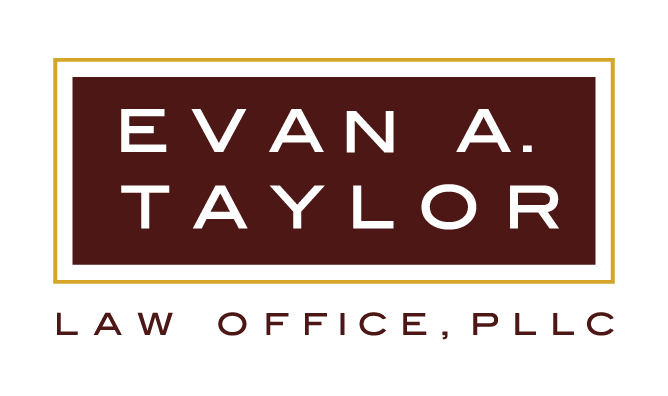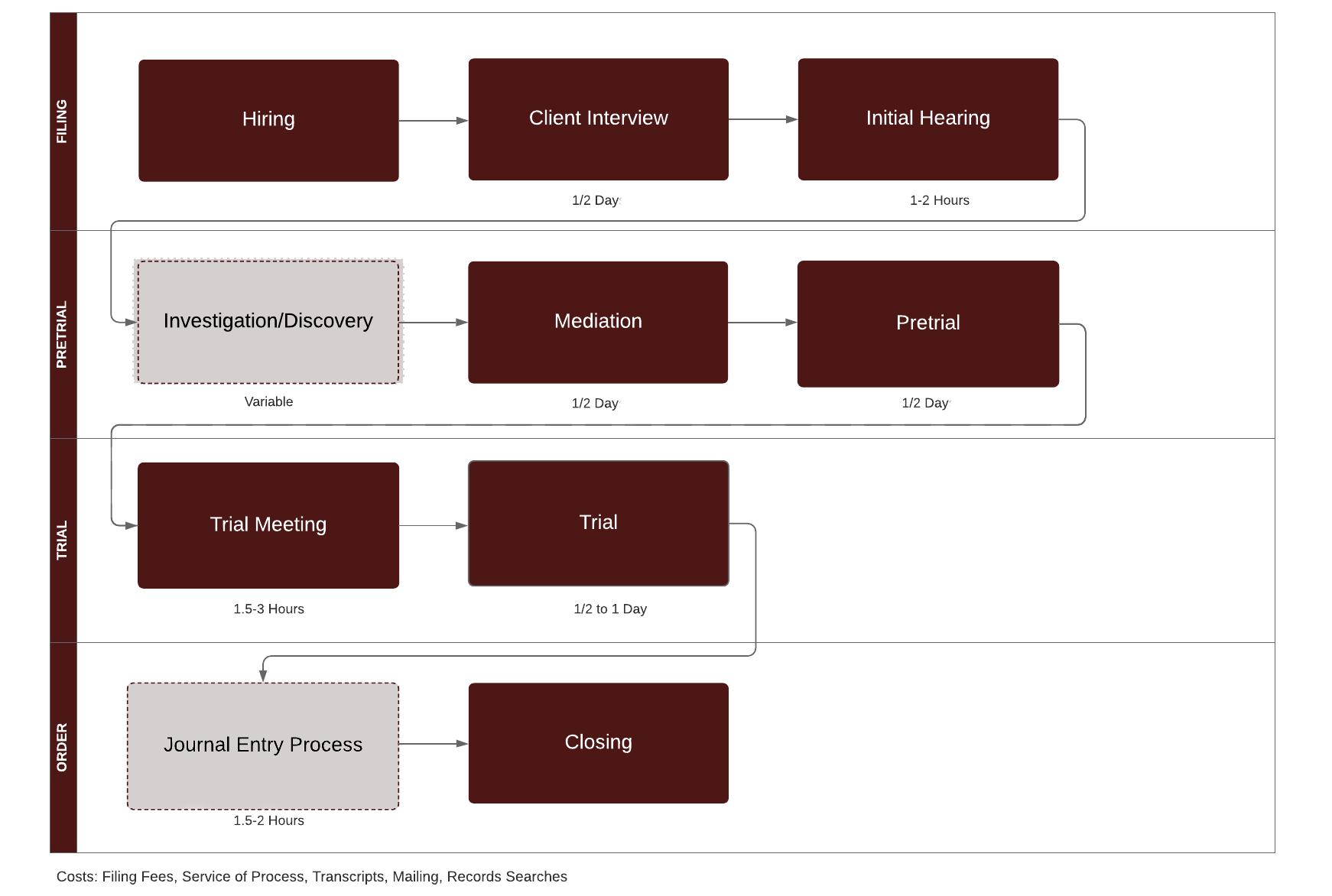Hiring
For us, all cases begin when our client hires us. At the start of each case, we provide comprehensive intakes and document lists to our clients telling them what information we need to get up to speed on their case. We guide our clients through the process step-by-step to make sure that they know what we need from them.
Client Interview
Shortly after a client hires us, we bring the client in for a thorough meeting with the lawyer to go over all things related to the new case.We want to know as much about the case as we can so that we understand what our client wants to accomplish.
At the interview we have an in-depth discussion about the facts of the case, the client’s concerns, and lay out the goals and the plan to achieve the goals.
We work with the client to identify what information we have, and what information we need to obtain through the investigation/discovery process that comes later.
Initial Hearing
Depending on the type of case, there are various initial hearings. This may be an temporary order hearing in a new divorce, or a Motion to Enter hearing in a modification, or even an emergency hearing or show cause in another type of matter. Basically, the first hearing is the first time we will be in court and in front of the judge on the client’s case.
At the first hearing usually one of the main purposes is to coordinate with the other lawyer and the judge in scheduling the additional court hearings and deadlines that will be important to the litigation.
Investigation/Discovery
The investigation and discovery part of the case involves the gathering of evidence and information particular to the client’s case. This information may include details that the client has not yet provided or information that the client does not know — in this case we have to seek the information from the other side or a knowledgeable third-party.
We gather this information through formal and informal means. Investigation can add significant costs to a case – especially when it is very involved. Also, if one side or the other decides to be difficult and the judge has to get involved in resolving disputes regarding the production of information, then the costs can rise as well.
Mediation
Mediation is an informal process in which the parties and their attorneys meet with a mediation who tries to help the parties reach a settlement of their issues. In mediation, the mediator cannot decide issues for you or force you agree to settle your case.
Mediation is not always required, but it is very popular with judges in our area, and they are very ready to order the parties to attend mediation if the judge believes there is chance that the parties can reach agreement.
Pretrial
The pretrial process is the formal preparation for trial in which the parties must prepare all exhibits and witnesses for exchange with the other side and submission to the court. The parties identify the issues that the judge will need to decide, and when all preparations are made the attorneys meet with the judge to discuss the logistics of bringing the matter to trial.
The significant efforts in this part of the litigation is in the preparation in which all evidence must be put in order and the witnesses identified and all information laid out in the format required by the court.
Trial Meeting
In our office, the trial meeting is part of general trial preparation where our client sits down with the lawyer to review the evidence and discuss the strategy for trial. It may also include witness interviews and practice for testifying at trial.
This is an important meeting for the client because it helps the client understand what the trial is going to look like and what they can do to help prepare to testify and support their case.
Journal Entry Process
In Oklahoma, after the judge has ruled on the issues, the judge requires that the attorneys type up the formal court order and both approve it. If the attorneys cannot agree about what the judge’s ruling was, then they can bring the issues back before the judge for clarification. This is called a Motion to Settle, and it is a common event in family law cases.
Closing
After the final order has been entered, and no post-trial motions are filed a case is ready to be closed. We do a final accounting to determine whether all fees and costs have been paid, and then the case is closed.


